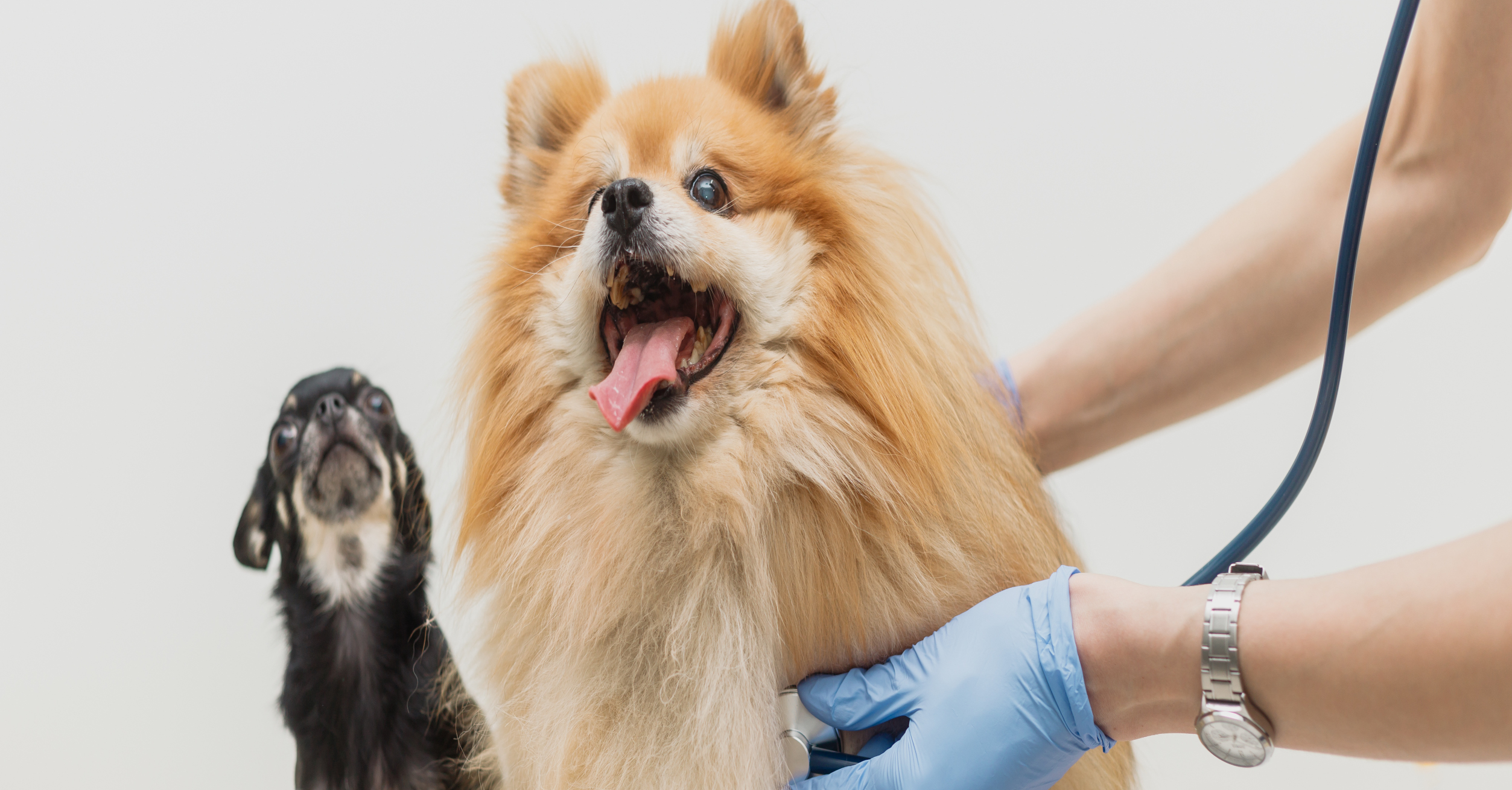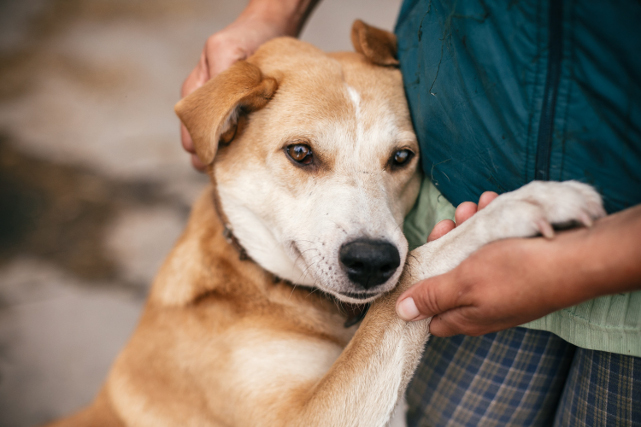Preventive care is the most important thing when ensuring the health and safety of your pet. That’s because as a result of applying it to your pet’s life, illnesses are diagnosed early and therefore can be treated faster and much more effectively. Treatment for injuries and infections caught promptly can be administered much more efficiently, minimizing the discomfort your pet has to experience.
Being proactive about any early signs of health concerns is the best way to ensure your pet’s safety in the long term. Your veterinarian will always take the time to carefully examine your pet during check-ups, however most owners only take their animal to the vet once a year. That’s why it’s so crucial that you are vigilant about your pet’s health, ensuring you take notice when something is wrong and then provide them the care they need right away.
Whether you have a cat, dog, or a rabbit, the basic principles of preventive pet care remain the same. Let’s have a look at some tips for early health issue detection for pets of all kinds.
Pay attention to food and water intake
Whatever kind of pet you may own, all animals need to eat and drink. You’re already knowledgeable on the specific needs of your pet’s species and breed, as well as their typical behaviour as an individual. That’s why it’s up to you to pay attention to their food and water intake.
Many animals have a basic instinct to hide pain, discomfort, injury, and sickness whenever possible. In the wild, it can be dangerous to show any weakness, so most pets will do their best to hide any issues. Sometimes the only sign that something is wrong, at least to start with, is a change in how much food and water your pet is taking. Pets with health issues will typically eat and drink less, but certain issues may lead to them overindulging as well.
Paying attention to your pet’s food and water intake is absolutely vital, and will often be the first sign that something is amiss. Use changes in this behaviour as your first cue to take a closer look at the condition and health of your pet.
Keep an eye on weight loss or gain
Related to changes in eating or drinking are changes in weight. While weight loss/gain isn’t always a cause for concern, you should be extra attentive to sudden or extreme changes.
Certain illnesses may cause your pet to lose or gain weight. Weight loss is also a common symptom of parasitic infestation (worms, fleas, ticks, etc.), or could indicate a mouth injury or digestive issue. Weight change is also a red flag if your pet’s food and water intake haven’t changed much—this can indicate a potentially more serious internal issue.
Groom often and use it as an opportunity for home check-ups
As you know, grooming is a vital part of taking good care of your pet. From dental care, to washing, to brushing, to nail trimming, all aspects of grooming are also great opportunities to identify potential health issues proactively.
When brushing your cat or dog, for instance, you should check for any redness, rashes, irritations, or parasite bites on the skin. When cleaning your pet’s teeth, keep an eye out for any gum inflammation or infected teeth. When trimming nails, have a look at your pet’s paw pads for any cuts or scratches that need patching up. Look at eyes and ears for signs of infection and parasites.
The more often you groom your pet, the more often you’ll be able to look for potential health issues. And when you’re regularly examining your pet, you’re more likely to catch these issues earlier on. This means they can be treated promptly, reducing discomfort for your pet and, often, the financial strain of treatment on your part.
Educate yourself on common issues for your pet’s species and breed
It’s important to do ample research on your chosen pet’s species and breeds before welcoming them into your home. It’s also advisable to keep up with this research even after getting the pet, as new information is discovered frequently. Look into specific health issues that are relatively common in your pet’s breed and species, and familiarize yourself with their symptoms.
If you already know the basic symptoms to look for, identifying them in your pet’s behaviour and condition will be much easier. And the sooner you’re able to identify a potential health issue, the sooner you’ll be able to begin the treatment with your veterinarian.
Take your pet for a nose-to-tail check-up regularly
Lastly, one of the best things you can do for proactive pet care is to ensure they’re seen by a veterinarian regularly. You shouldn’t just be bringing your pet to your animal health expert when you know or suspect there’s something wrong. As we mentioned before, it’s common for health issues to be hard (or impossible) to detect early on, especially if you don’t have the knowledge and resources that a veterinarian does.
By taking your pet in for full, in-depth examinations often (once or twice a year is recommended for most pets), you’ll be giving an expert the opportunity to search for any potential health issues, ensuring they can be addressed quickly and minimizing their impact on your pet and yourself.
Creative Commons Attribution: Permission is granted to repost this article in its entirety with credit to Hastings Veterinary Hospital and a clickable link back to this page.






